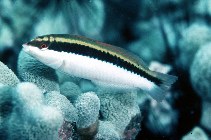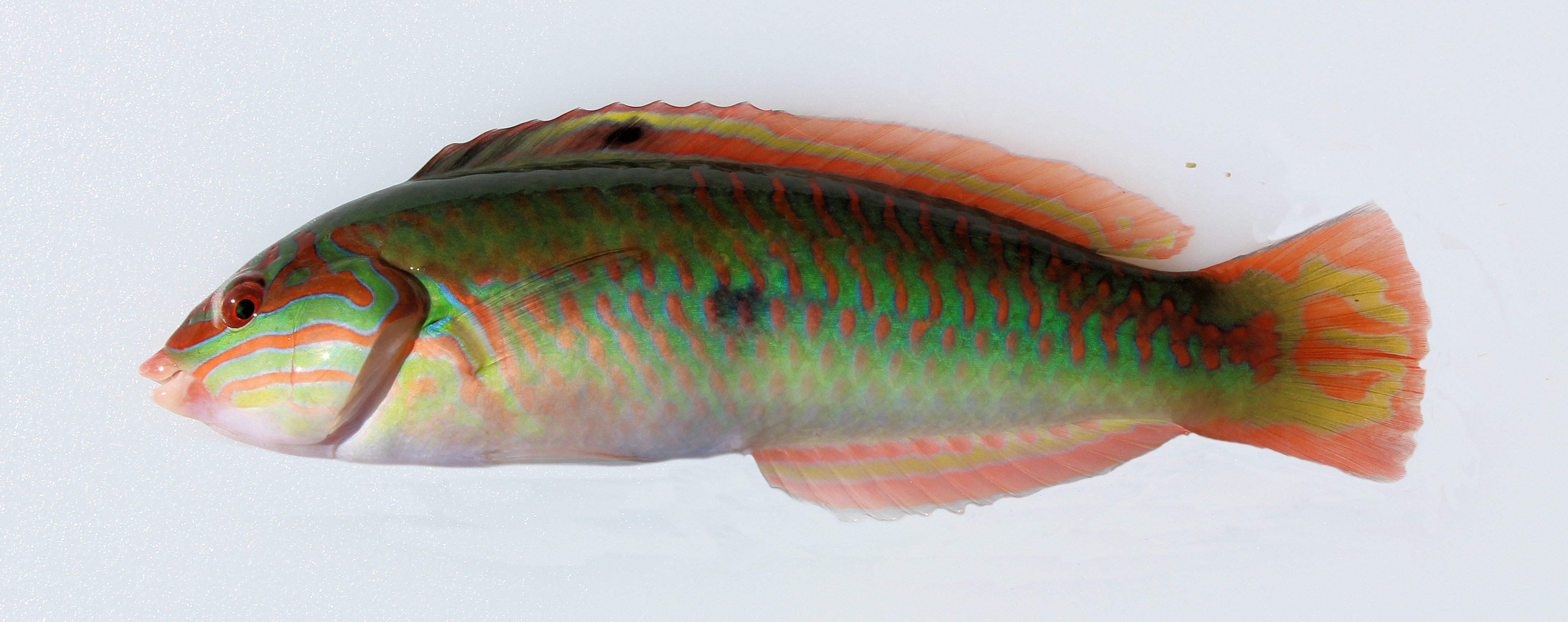i cant think
Wrasse Addict
View Badges
Excellence Award
Reef Tank 365
Article Contributor
UK Reef Club Member
Rock Pool Reef Keepers
My Tank Thread
My Aquarium Showcase
This thread is for the general discussion of the Article The Genus Halichoeres: The "Wrasses". Please add to the discussion here.
Hello fellow reefers, I hope you enjoy this article about the Halichoeres wrasses we know and love. Before we start, I would like to thank @SaltyT and @Crabby48 for allowing me to use some of their photos. So, lets get into it.
The genus Halichoeres is differentiated from other genera of wrasses due to their teeth. Often the teeth differentiate many of our commonly loved and owned Labrids. Specifically with the teeth of these wrasses is their canines. Halichoeres species often have pointed snouts with two rows of teeth. One row is on the upper jaw and the second is on the lower jaw, with 2 sets of canines in each row. One set is on the front whilst the second set are in the corners of their mouths.
This genus of wrasse can be found in the Atlantic, Indian and Pacific Oceans. Currently there are 80 recognised species of Halichoeres and many of them are available to us hobbyists. Each species shows a variety in colouration from solid colours such as yellows to several different colours. Due to this the species of Halichoeres are often recommended as a beginner species of wrasse.


(Left) Halichoeres iridis - Transitional-Phase Male. Photo by SaltyT. (Right) Halichoeres garnoti - Juvenile. Photo by I Cant Think.
Keeping pairs or trio's of Halichoeres are not recommended to attempt unless the tank is huge (8'+). The reason for this is due to all specimens of Halichoeres transitioning to Males in captivity. You may have heard the same occur with Cirrhilabrus as well as Paracheilinus. The reasoning for all specimens transitioning to males is unknown however if you were to try a trio or pair then chances are the two males would fight to the death.
...
Hello fellow reefers, I hope you enjoy this article about the Halichoeres wrasses we know and love. Before we start, I would like to thank @SaltyT and @Crabby48 for allowing me to use some of their photos. So, lets get into it.
The genus Halichoeres is differentiated from other genera of wrasses due to their teeth. Often the teeth differentiate many of our commonly loved and owned Labrids. Specifically with the teeth of these wrasses is their canines. Halichoeres species often have pointed snouts with two rows of teeth. One row is on the upper jaw and the second is on the lower jaw, with 2 sets of canines in each row. One set is on the front whilst the second set are in the corners of their mouths.
This genus of wrasse can be found in the Atlantic, Indian and Pacific Oceans. Currently there are 80 recognised species of Halichoeres and many of them are available to us hobbyists. Each species shows a variety in colouration from solid colours such as yellows to several different colours. Due to this the species of Halichoeres are often recommended as a beginner species of wrasse.
(Left) Halichoeres iridis - Transitional-Phase Male. Photo by SaltyT. (Right) Halichoeres garnoti - Juvenile. Photo by I Cant Think.
Keeping pairs or trio's of Halichoeres are not recommended to attempt unless the tank is huge (8'+). The reason for this is due to all specimens of Halichoeres transitioning to Males in captivity. You may have heard the same occur with Cirrhilabrus as well as Paracheilinus. The reasoning for all specimens transitioning to males is unknown however if you were to try a trio or pair then chances are the two males would fight to the death.
...
Last edited by a moderator:















